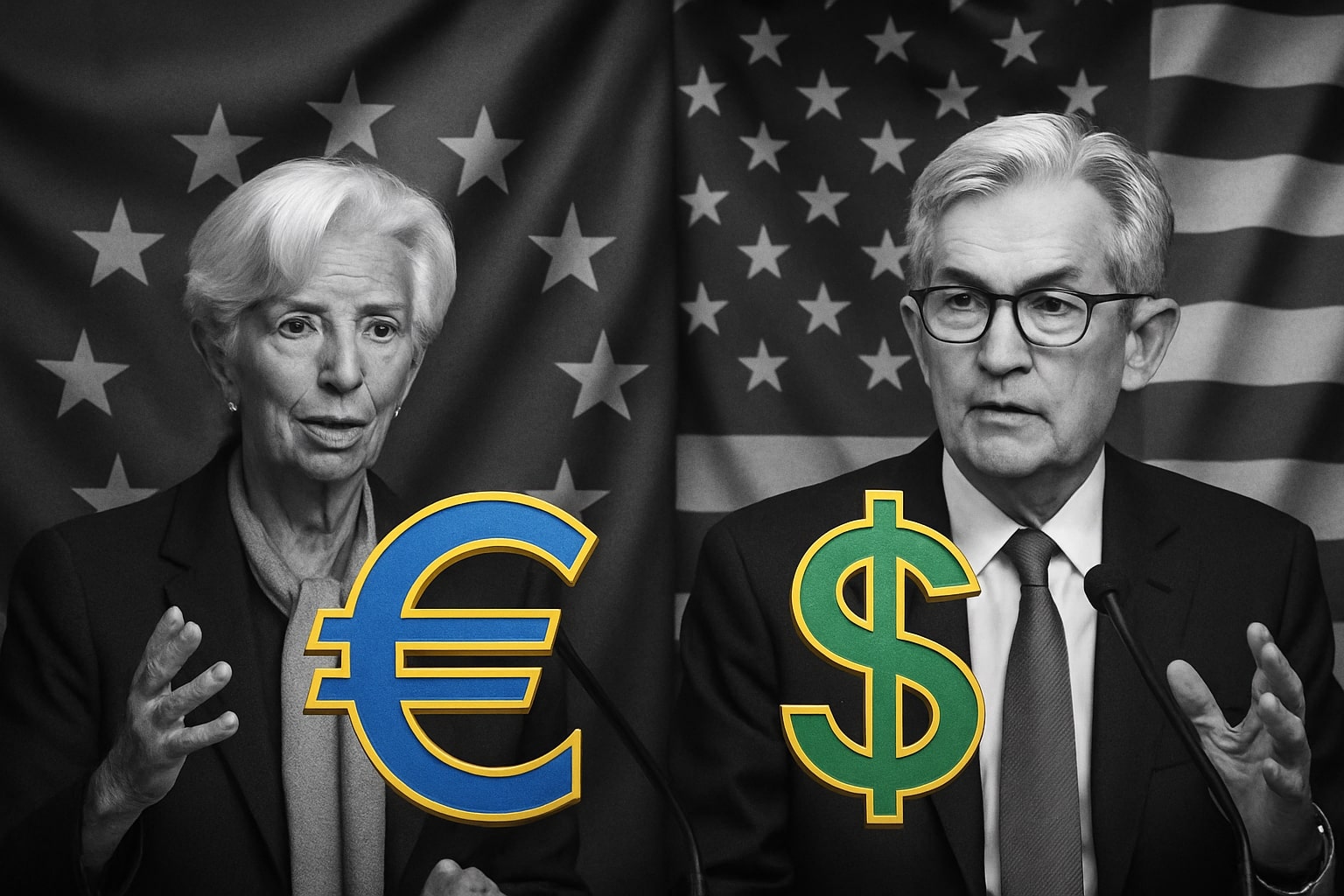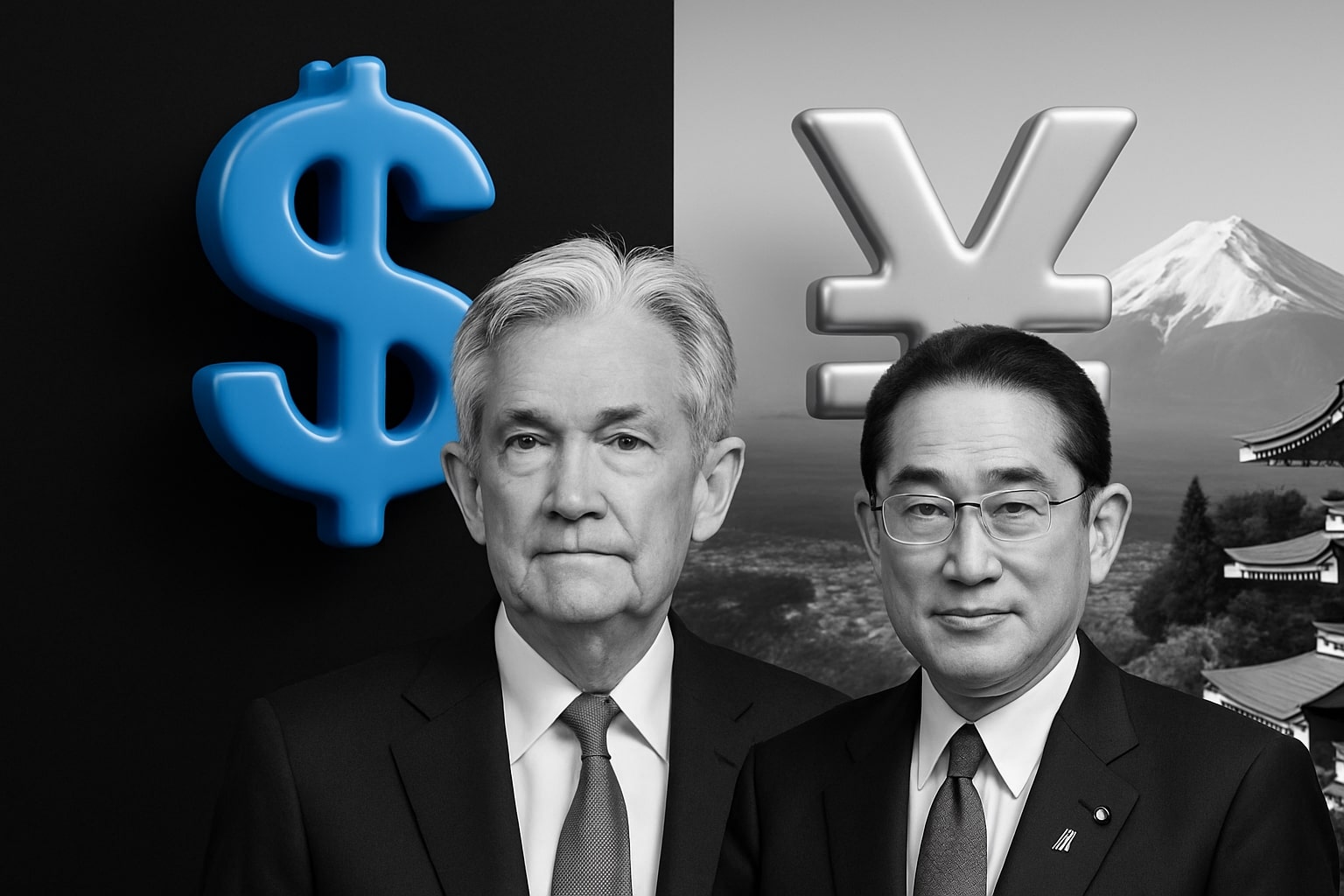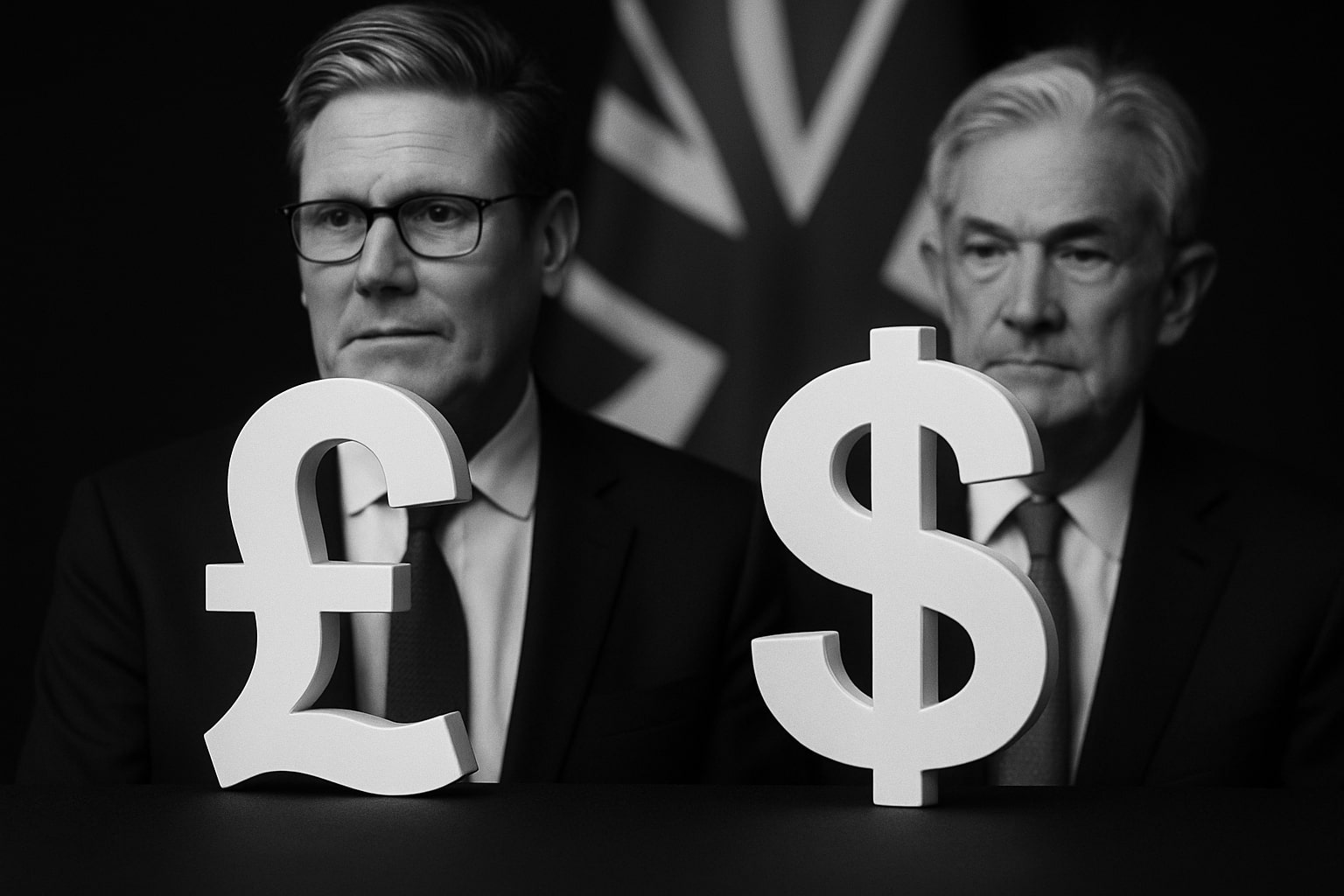
EUR/USD Price Forecast - Euro to Dollar Struggles Below 1.1600 as Dollar Strengthens Before Fed Minutes
The euro hovers around 1.1560, weighed by weak Eurozone data and widening yield spreads, while traders await the Fed minutes and crucial U.S. NFP release | That's TradingNEWS
EUR/USD Faces Pressure Near 1.1550 As Dollar Strengthens And Eurozone Data Lags
The EUR/USD pair remains under sustained downside pressure, trading near 1.1560 after extending losses for a third straight session. The pair briefly hit 1.1540, marking a new two-week low, as the U.S. Dollar (USD) regained strength ahead of the FOMC minutes and Non-Farm Payrolls (NFP). Market sentiment remains defensive, with traders positioning cautiously around upcoming macro catalysts. The current price action shows narrowing intraday ranges but persistent bearish bias, supported by fundamental divergence between the Federal Reserve and European Central Bank (ECB).
Fed Rate Expectations Shift, Reinforcing Dollar Recovery
The CME FedWatch Tool now reflects only a 49% probability of a 25-basis-point rate cut in December, sharply down from 67% last week, as traders reassess the Fed’s willingness to ease. This repricing has lifted the Dollar Index (DXY) close to 100.00, limiting EUR/USD rebounds. The latest U.S. Initial Jobless Claims rose to 232,000, and Continuing Claims climbed to 1.957 million, while ADP employment data showed private job losses averaging 2,500 per week. Despite softer jobs data, short-term flows remain dollar-positive due to pre-FOMC hedging.
Fed Officials Signal Uncertainty While Labor Market Normalizes
Richmond Fed President Thomas Barkin noted that labor conditions are improving, with “better worker availability” and declining wage pressure, though he warned inflation remains inconsistent with the 2% target. These comments reflect a divided committee ahead of Wednesday’s minutes. Any hawkish tone could accelerate EUR/USD’s slide below 1.1550, while dovish language might trigger a short-covering rebound toward 1.1620–1.1650.
Eurozone Economic Momentum Weakens As ECB Holds Policy Steady
On the European side, the macro picture continues to deteriorate. Eurozone Q3 GDP stagnated at 0.1%, and Germany’s manufacturing PMI slipped to 44.8, reinforcing concerns over industrial contraction. Inflation remains contained near 2.2%, reducing urgency for further hikes. The ECB deposit rate stands at 4.00%, and futures imply a 40% chance of a cut by Q1 2026. Diverging policy trajectories between the Fed and ECB have widened yield spreads, making it harder for the euro to sustain rallies above 1.1600.
Technical Structure Confirms Persistent Bearish Momentum
Technically, EUR/USD remains trapped below its 20-day EMA and descending trendline from late September. The RSI reads 46, showing mild bearish momentum without exhaustion, while MACD stays negative. The pair trades within the 1.1550–1.1570 demand zone — a level that has repeatedly attracted dip-buyers — but momentum remains weak. A clean break below 1.1550 would expose 1.1500, while resistance levels sit at 1.1610 and 1.1650. The four-hour chart confirms a pattern of lower highs and heavier selling wicks, reinforcing downside bias until a decisive close above 1.1610.
US Data Strengthens USD As Euro Fails To Capitalize On Soft Yields
Recent U.S. data has added weight to the dollar’s rebound. The Empire State Manufacturing Index surged to 18.7 in November — its strongest reading in a year — while construction spending grew 0.2% in August. These figures countered expectations of a slowdown, reducing bets on imminent easing. Meanwhile, Nordea Bank projects EUR/USD to rise toward 1.24 by end-2026, assuming a U.S. policy pivot next year. However, that scenario depends on a eurozone rebound not yet visible in current data.
Eurozone Consumption And Industry Continue To Struggle
The Eurostat report on retail sales showed a 0.3% monthly decline, while German factory orders fell 0.8%, underscoring fragile domestic demand. Energy-related cost pressure and weak export performance have further eroded eurozone competitiveness. With the bloc’s current-account surplus narrowing, the structural bid under the euro has weakened, allowing USD strength to dominate in the short term.
Bond Market Differentials Maintain Downward Pressure On EUR/USD
Yield spreads remain the defining macro driver. The 10-year U.S. Treasury yield trades near 4.14%, while the German Bund yield holds around 2.43%, sustaining a 171-basis-point gap, the widest since March. This differential continues to cap euro upside and attract carry trades favoring the dollar. Positioning data confirms this bias: the CFTC shows a 22,000-lot increase in net euro shorts, the steepest weekly build since mid-2024.
Read More
-
FUTY ETF Outperforms S&P 500 as Utilities Surge — Analysts See 25% Upside
19.11.2025 · TradingNEWS ArchiveStocks
-
XRP ETFs XRPI and XRPR Drop as XRP-USD Holds $2.00 — $128M ETF Inflows Signal 35% Upside Potential
19.11.2025 · TradingNEWS ArchiveCrypto
-
Natural Gas Price (NG=F) Rallies 5% to $4.55 as Winter Cold and LNG Flows Ignite Bullish Momentum
19.11.2025 · TradingNEWS ArchiveCommodities
-
USD/JPY Price Forecast - Yen Rallies to 156.54 as Rising JGB Yields
19.11.2025 · TradingNEWS ArchiveForex
Short-Term Price Dynamics And Volatility Outlook
Implied volatility remains compressed ahead of Thursday’s NFP, but traders expect a sharp expansion once the data hits. A strong U.S. jobs number could send EUR/USD below 1.1500, while a weak print could lift the pair toward 1.1650. Intraday structure points to sideways drift between 1.1540–1.1600, with momentum slightly favoring sellers. The 10-day ATR has contracted to 45 pips, indicating suppressed volatility before a breakout move.
Strategic Market Assessment And Bias For EUR/USD
The near-term equilibrium reflects a stagnant eurozone economy versus a recalibrating U.S. one. Structural divergence in growth and yields keeps the dollar favored. However, technical compression near 1.1550 could provide temporary relief rallies if the Fed minutes reveal internal division or hint at patience. If sentiment flips risk-on post-NFP, EUR/USD may test 1.1650–1.1725; otherwise, downside risk persists toward 1.1450.
Final Verdict: Mildly Bearish With Tactical Hold Bias
Overall bias remains bearish while EUR/USD trades below 1.1610, with downside risk toward 1.1500 in the near term. Short-term traders should monitor Fed language and NFP outcomes for breakout confirmation. The medium-term outlook turns neutral-to-bullish once the Fed’s tightening peak passes, allowing a gradual recovery toward 1.18–1.20 through 2026. Until then, the pair remains a Hold, with tactical preference for selling rallies below 1.1610 and defending support near 1.1500.



















